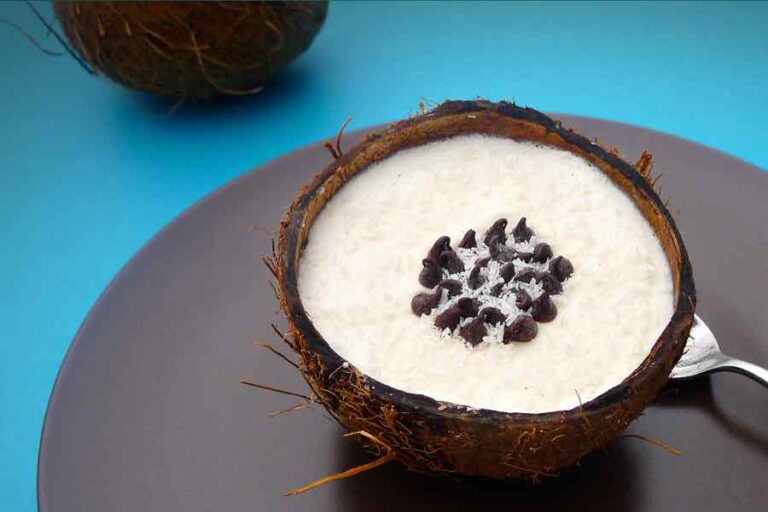Introduction to Micronesian Cuisine
Micronesian cuisine is a fusion of dishes from different cultures, including Spanish, Japanese, and Filipino cuisine. It is a blend of various ingredients and cooking techniques that make it unique and exciting. The islands’ location in the Pacific Ocean, surrounded by lush tropical vegetation and marine life, has influenced Micronesian cuisine’s natural and diverse flavors.
What are Coconuts?
Coconuts are a tropical fruit that grows on the coconut palm tree. They are widely used in many regions worldwide as a food source and for their oil, milk, and flesh. Coconuts are known for their high nutritional value, and all parts of the coconut tree are used in different ways, from building homes to making baskets and mats.
Historical Significance of Coconuts in Micronesian Cuisine
Coconuts have been an essential ingredient in Micronesian cuisine for centuries. The coconut tree is known as the “tree of life” in Micronesia because it provides many resources for the people. The flesh, milk, and oil are used in cooking, and the shell and husk are used for fuel and building materials. The coconut tree is also a symbol of hospitality and friendship in Micronesian culture, often presented as a gift to visitors.
How are Coconuts Used in Micronesian Dishes?
Coconuts are a versatile ingredient in Micronesian cuisine, used in both savory and sweet dishes. The flesh is grated and squeezed for its milk, which is then used as a base for soups, stews, and curries. The oil is used for frying and sautéing, and the coconut flakes are used as a garnish. Coconut water is a refreshing beverage and is also used as a cooking liquid. In sweet dishes, coconut is used to make desserts and candies.
Coconuts and the Health Benefits in Micronesian Cuisine
Coconut is a nutrient-dense food and an excellent source of fiber, vitamins, and minerals. The oil is rich in medium-chain triglycerides, which can improve brain function and boost energy levels. Coconut milk is also a good source of healthy fats and can help improve heart health.
Conclusion: Coconuts as a Staple in Micronesian Cuisine
Coconuts are a staple in Micronesian cuisine, with a rich cultural and historical significance. The versatile fruit provides flavor and nutrition to many dishes and is widely used in cooking. Whether you are enjoying a savory coconut soup or a sweet coconut dessert, the coconut is an essential ingredient in Micronesian cuisine.



